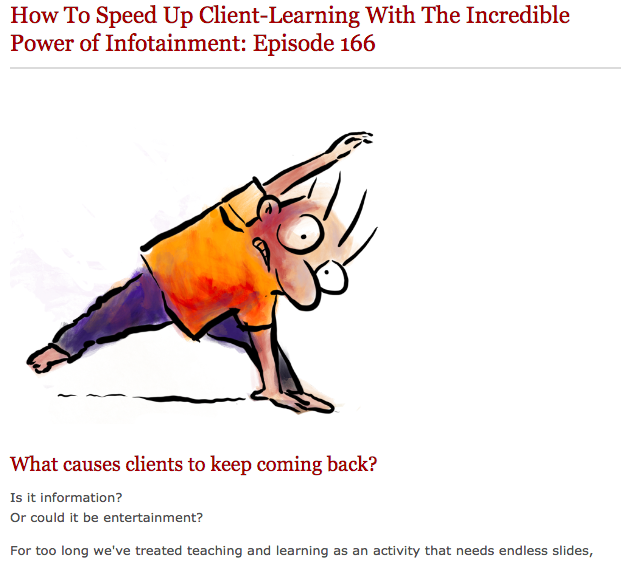Let’s start with a short story:
“A COCK, scratching for food for himself and his hens, found a precious stone and exclaimed: ‘If your owner had found thee, and not I, he would have taken thee up, and have set thee in thy first estate; but I have found thee for no purpose. I would rather have one barleycorn than all the jewels in the world.'”
If the old English puts you off, I can understand. And I’m sorry. Please don’t keep reading in that case.
If you’re still with me, what would you say is the moral of this story? Think about it, and we will get back to it in a second.
Meanwhile, let me tell you this is one of Aesop’s fables.
Aesop’s fables have been used for thousands of years to give pithy illustrations to situations we’ve all experienced but we don’t have a good and short name for. Like sour grapes. Or the boy who cried wolf. Two more of Aesop’s fables. I bet you know what those two mean.
But what about the cock and the jewel above? To start to answer that, let me first share a quote with you from a book I’m reading about analogies, written by one John Pollack, and titled Shortcut:
“The degree to which an analogy is or is not ‘accurate’ in a given circumstance is irrelevant, it is the feelings and ideas they evoke that makes them so powerful.”
Fact is, we humans love stories and analogies and fables so much that we are really not too critical about them. We accept the implied meaning and we take it for granted.
Of course, that’s good news for persuaders, influencers, and manipulators of all stripes. As one magician of persuasion, Gary Bencivenga, wrote a while ago:
“This process of transferring the qualities of one thing into another takes place instantly, bypassing critical analysis and resistance. All you do is compare A to B in an effective way and voila! your point is made instantly without disagreement.”
There’s good science behind why this is so, but I won’t go into that now, because I am so concerned with the cock and the jewel.
What does this fable really mean?
The best I can do is to point you to an article titled “The Moral of the Story.”
It was written a couple years ago by an actual poet named Anthony Madrid. If the mention of poetry scares you, as it scares me, then I want you to take a deep breath and relax. Because Anthony Madrid’s articles are all easy to read and fun, and they are mind-opening if you’re interested in language.
So here’s “The Moral of the Story,” which explains the moral of the “Cock and the Jewel,” or rather, the half dozen contradictory morals that have been scratched up over the centuries:
https://www.theparisreview.org/blog/2018/11/21/the-moral-of-the-story/



